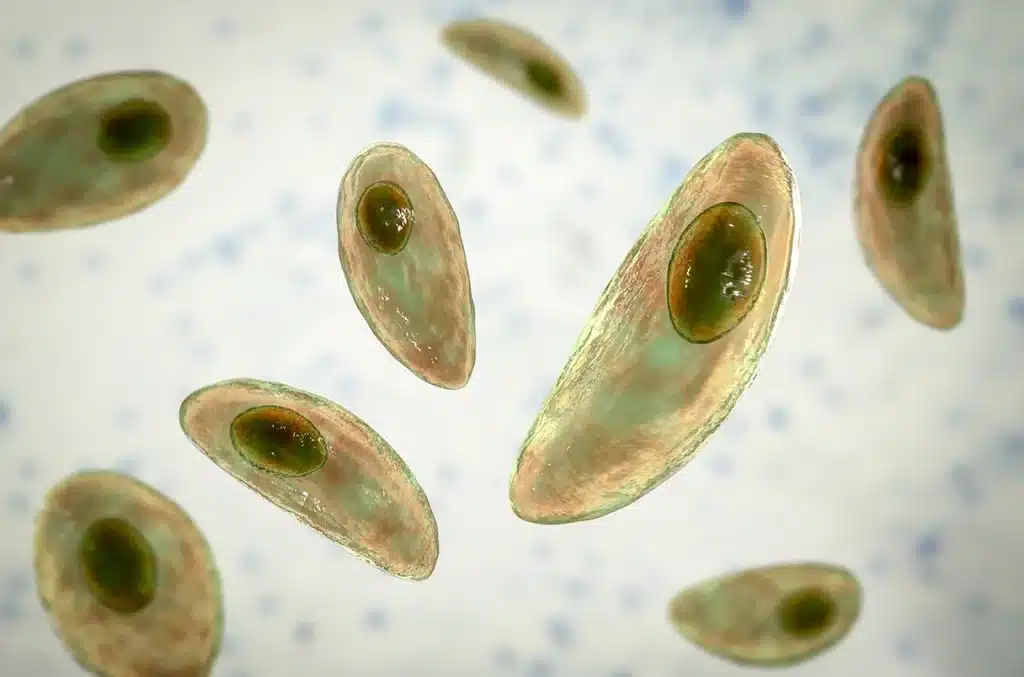In today’s world, where films and TV are prominent, stories often unfold with parasites causing chaos among humans. Surprisingly, we encounter situations like these more often without even noticing. To illustrate this point, check out Toxoplasmosis—a parasitic illness. This microscopic invasion can happen in various ways, posing potential risks to our health. Let’s delve into this invasion, exploring what it is and how it generates and spreads. Explore its effects on humans and how to safeguard ourselves from this unseen threat.
Unveiling the Enigma: Toxoplasmosis and its Intriguing Invasion into Humans

Toxoplasmosis Decoded
Over 40 million infected individuals in the US, Toxoplasmosis is a medical condition triggered by the elusive parasite Toxoplasma gondii. However, its reach extends globally, making it a widespread concern. Once it infiltrates the body, it can carry on for a long time-sometimes forever. Even though some people with a robust immune system might not show any signs, it poses significant health threats to pregnant women and those with weakened immune defenses.
How it Generates and Spreads
Toxoplasma gondii employs a sophisticated life cycle involving two main stages: tachyzoites and bradyzoites. Tachyzoites multiply rapidly, causing acute infections, while bradyzoites, found in tissue cysts, multiply slowly. These cysts primarily target neural and muscular tissues, with a high affinity for the central nervous system, eyes, skeletal muscles, and cardiac muscles. The transmission of Toxoplasmosis occurs through ingestion of infectious oocysts from the environment, consumption of raw or undercooked meat containing tissue cysts, or vertical transmission from mother to child during pregnancy.
- Advertisement -
How Toxoplasmosis effects Humans
Toxoplasmosis manifests differently in every individual: some infected people don’t show symptoms. While on some occurrences, it felt like having a bad flu with fever, headaches, and achy muscles. However, people with weaker immune systems can experience eye problems, lung infections, and even encephalitis. Furthermore, infected moms-to-be might have to experience birth-related defects or even miscarriages. Babies who get infected might show symptoms right from birth, while others might face issues later on, like eye troubles, trouble with moving around, hearing loss, and slower growth.
How to Safeguard Against it
Preventing this invasion involves adopting proactive measures to reduce the risk of infection. Cooking food to safe internal temperatures, using food thermometers, freezing meat before cooking, and avoiding consumption of raw or undercooked seafood are crucial steps. Also, proper hand hygiene, washing fruits and vegetables thoroughly, and avoiding unpasteurized goat’s milk contributes to prevention. For those with feline companions, maintaining good litter box hygiene, wearing gloves during gardening, and keeping cats indoors can minimize the risk of exposure to Toxoplasma gondii.
Conclusion
Toxoplasmosis, the silent invader, poses a potential threat to millions worldwide. Understanding its life cycle, transmission methods, and how it affects humans empowers us to take preventive measures. By adopting simple yet effective strategies, such as safe food handling, proper hygiene practices, and responsible pet care, we can guard against this microscopic menace. In a world where reality sometimes mirrors the imaginative realms of movies and TV series, staying informed and vigilant is crucial to protect ourselves from the unseen dangers that may lurk in our midst.


